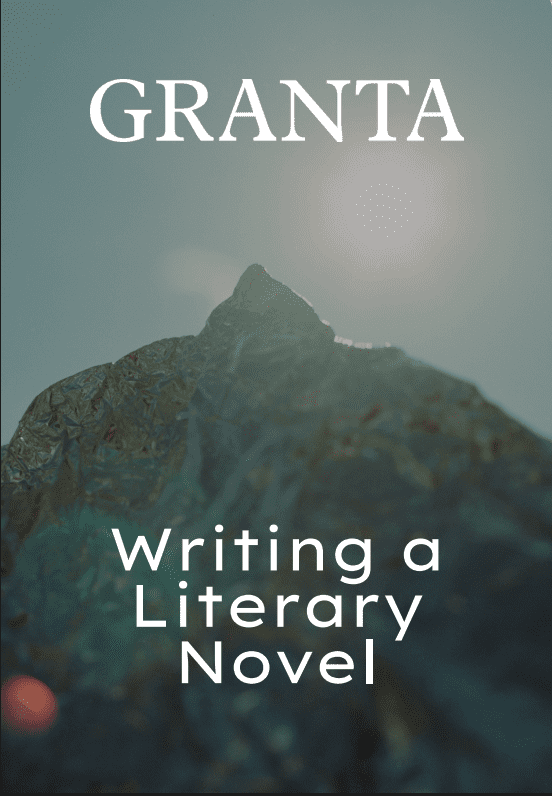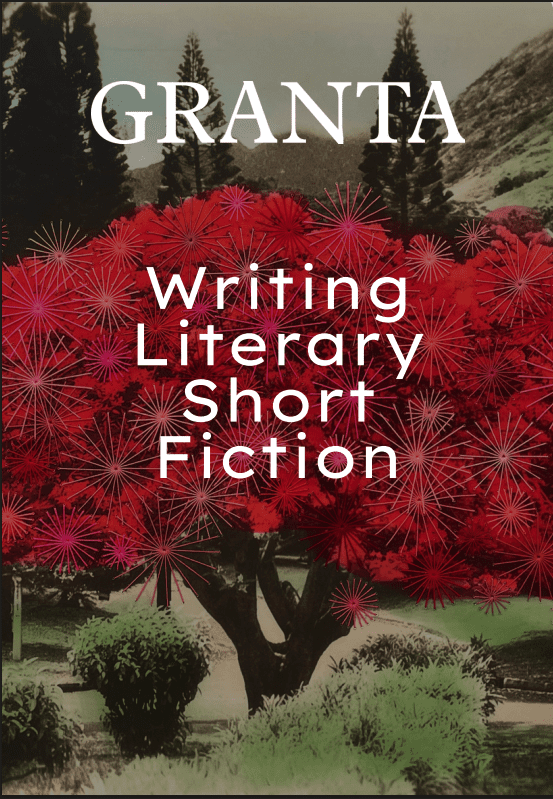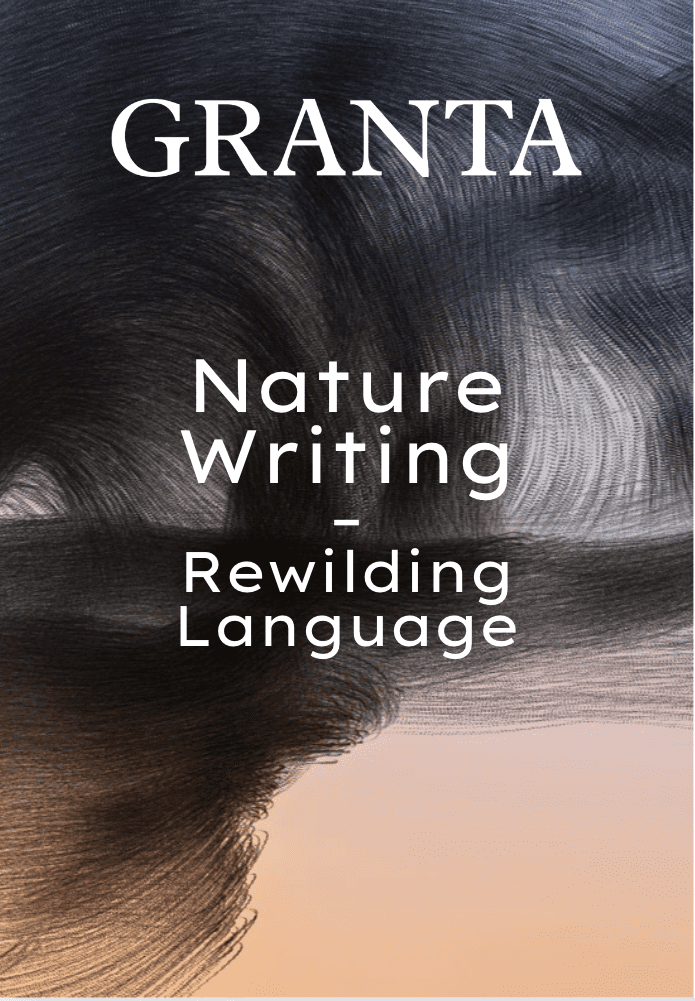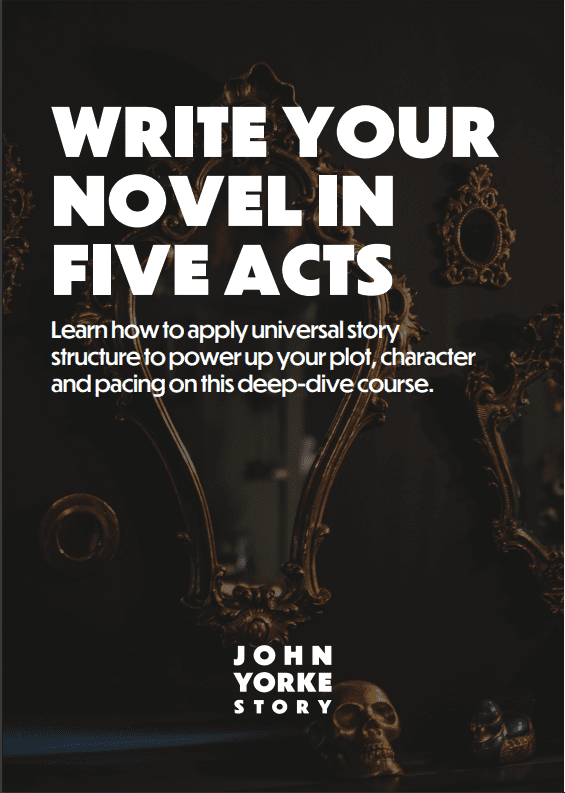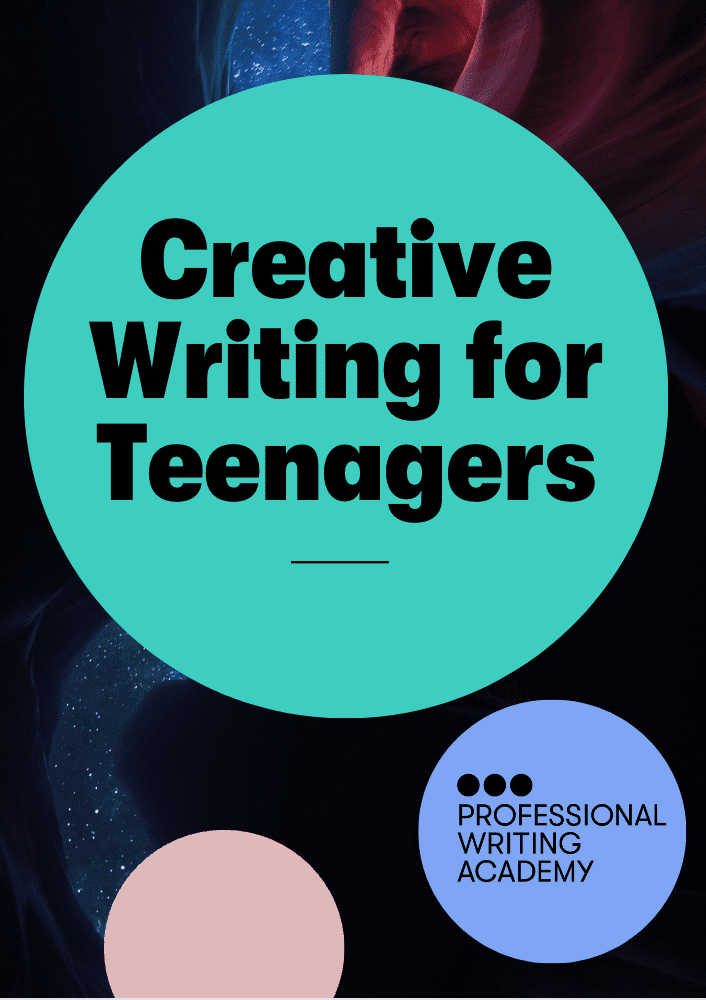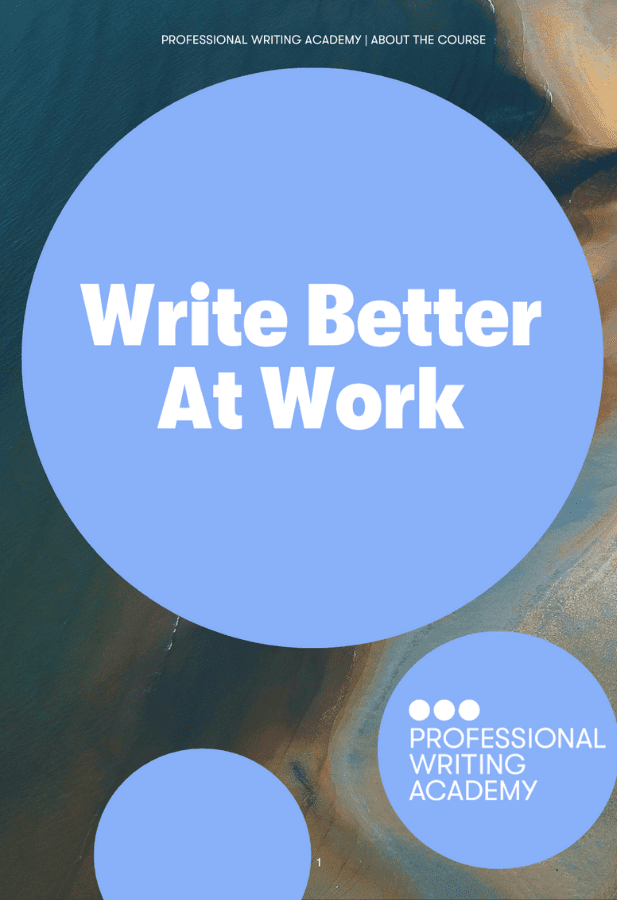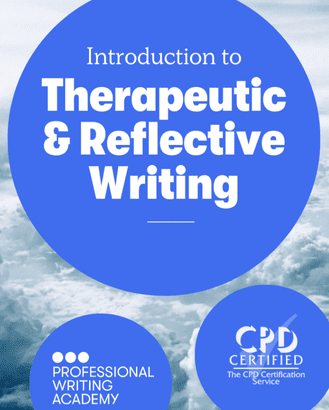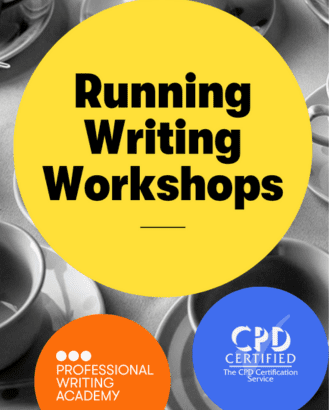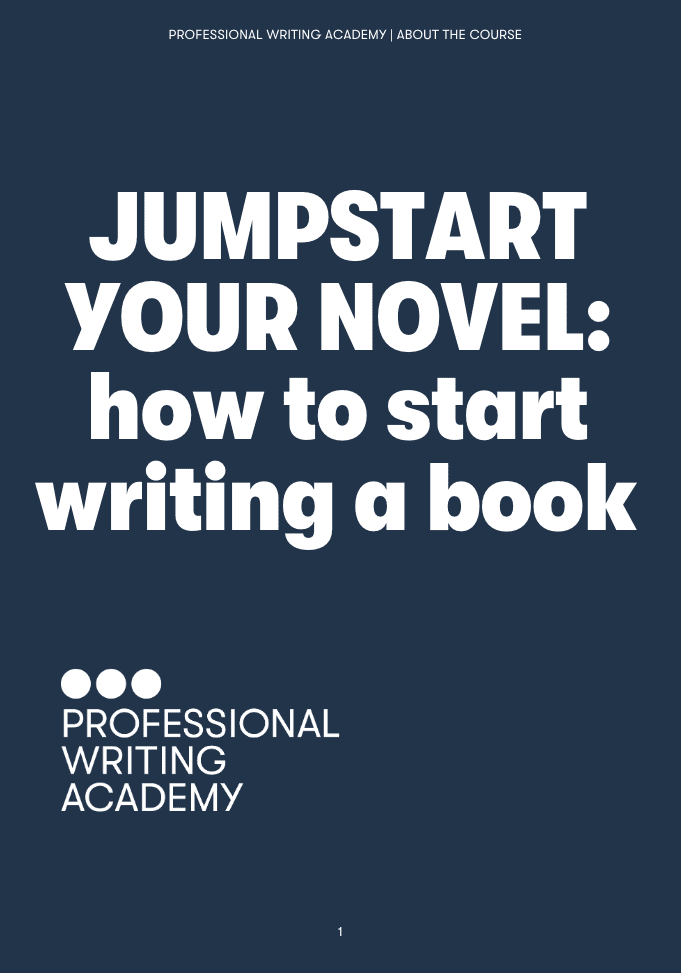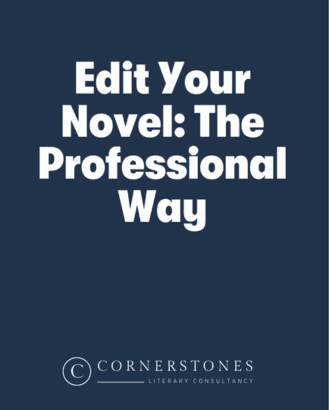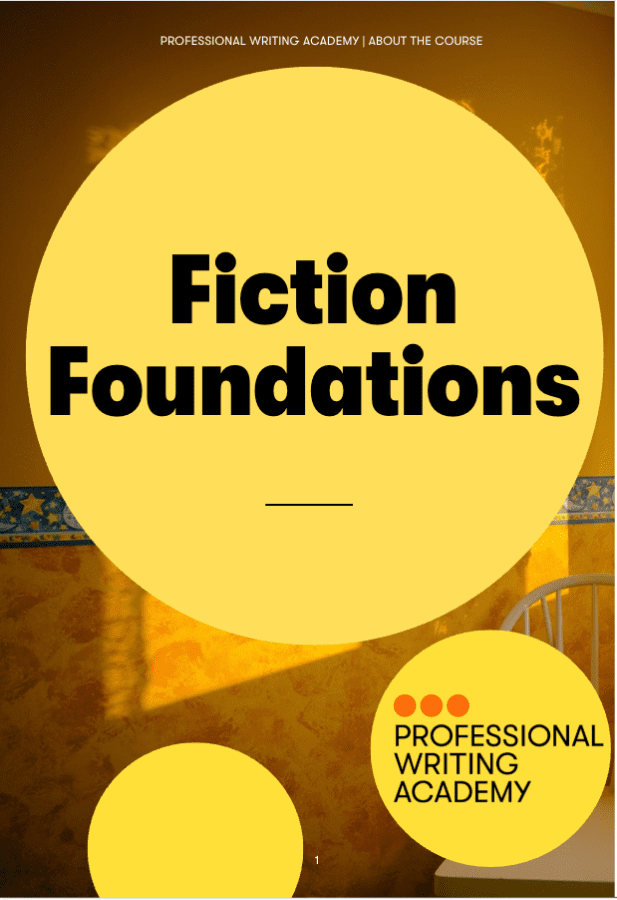When attempting to write a novella-form or short fiction romance, the most important thing to do first of all is ensure the story you want to tell is suitable for a shorter word count. That’s really the main guiding principle.
Ask yourself several key questions: How much do your couple have to resolve? Can you establish and resolve those conflicts convincingly in a shorter word count?
So, for example, you could go with a shorter time frame – I wrote a 1,000-word story recently which takes place in a supermarket checkout queue.
Or, simply finish the story in a positive place so the reader knows this couple will sort out their existing conflicts because they have the will to do so.
However, don’t think that means simplifying or lessening your couple’s conflicts. In fact, sometimes the reverse can be true.
Emotional tension
Here’s an example of how I developed a short romance story structured around that principle:
A few years ago, I was invited to write a 5,000-word story for the RNA’s Truly, Madly, Deeply collection.
The first thing I decided to do was have the story happen all in one scene — so literally over about thirty minutes in real-time — and in one location (no need for lots of lengthy setting descriptions!).
I didn’t want any other people involved because I wanted to keep my couple totally focused on each other, and that led me to the idea of using a ‘forced proximity’ narrative — basically I had them get stuck in a lift together…
Now, obviously, if this had been two strangers it would have been very hard, if not impossible to tell a whole story arc in half an hour, so I decided to give them a massive back story to resolve!
Namely, they had been lovers as teenagers — which was over 20 years before this story — she had got pregnant, they’d agreed she would have an abortion, but he had left her at the clinic and then he had never responded when she told him she had decided to have the baby.
So, when they got stuck in the lift together — her thinking he’d deliberately abandoned her and rejected their child and him still feeling guilty about the abortion he thought she’d had which he hadn’t supported her through — it led to lots of things to resolve.
The important thing to remember is that the more conflict you have, the easier it can sometimes be to keep the story focused and emotionally intense
– Heidi Rice
Writing through conflict
However, this could make for a convincing resolution because, once the misconceptions were cleared up and they’d both gotten over the initial shock, all the feelings they’d had as teenagers for one another — before that ‘accidental betrayal’ — could be revisited.
Only this time, their newfound maturity and the knowledge of what had actually happened between them.
The important thing to remember with this example is that the more conflict you have, the easier it can sometimes be to keep the story focused and emotionally intense – which will also lift the pace and reduce the need for long descriptive passages and lengthy examinations of internal thought, etc.
In other words, the most important thing is to construct a story that will benefit from that shorter word count, not be confined or restricted by it.
Don’t attempt to concertina a story that needs more exposition, internal thought or secondary characters into a shorter format.
Otherwise, your story will feel rushed and incomplete.
Remember that less is more when it comes to description. Hone your writing to make those passages really pop in the reader’s imagination.
– Heidi Rice
Top tips
So, when it comes to craft, my key tips when writing a romance story with a shorter word count are:
- Make sure you start on a point of action, so you’re not wasting words on lots of back story or internal thought or scene setting.
- Only tell the reader exactly as much as they need to know. For example, they don’t have to know everything you know as a writer about your characters, they just need to know enough to understand their goals/motivations/conflicts.
- Remember that less is more when it comes to description. Hone your writing to make those passages really pop in the reader’s imagination. For example, if the setting is integral to the story, find ways to describe it in concise evocative ways using more than just what it looks like. How does this place smell, sound or feel, too?
- Use dialogue and physical cues wherever possible to get your characters establishing, confronting and resolving their conflicts through their interaction with each other rather than in their internal thought.
- I find it’s easier to use a shorter time frame for this format – having the action take place over a few hours, a night, a weekend, a few days, etc. – because it keeps the action intense and focused. But that’s just a personal preference of mine (and because I always like to make things as easy as possible for myself!).
Writing to scale
I once asked bestselling romance author Linda Howard how I should go about making the break from writing series or category romance to longer ‘single title’ books. Her answer was simple but succinct: ‘write a bigger book’.
Interestingly, many of these tips also work for a story with a longer word count.
I once asked bestselling romance author Linda Howard at a conference lecture she was giving how I should go about making the break from writing series or category romance (usually 50,000-word books) to longer ‘single title’ books – something she had been remarkably successful at.
Her answer was simple but succinct: ‘write a bigger book’.
What she meant was not to write a longer book, but to write one that requires that longer word count. Write a book with a bigger story to tell.
The most important thing to remember when writing any type of genre fiction, whatever the word count, is that no words should be wasted. Each and every one of them is important and should be doing something within your story, no matter how many or how few of them there are.
For that reason, it’s really good to attempt to write short stories, because they’re a terrific way to learn how not to waste a single word!
Thinking about writing your own romance novel? Heidi runs our Write a Romance Novel course. The intensive 14-week online training gives you insider insight into the publishing and submissions process for romance, and helps you prepare a submission pack.






